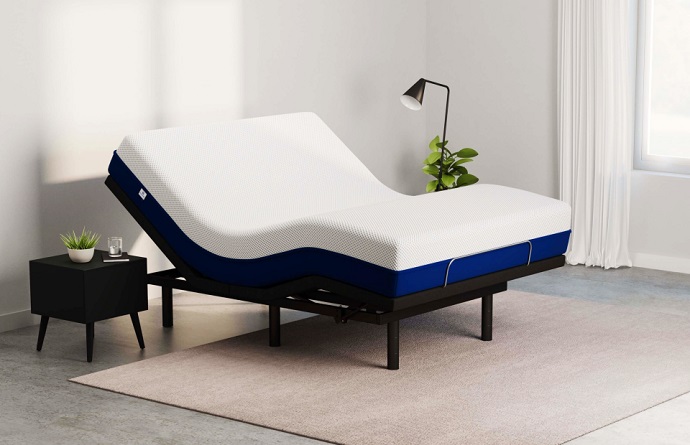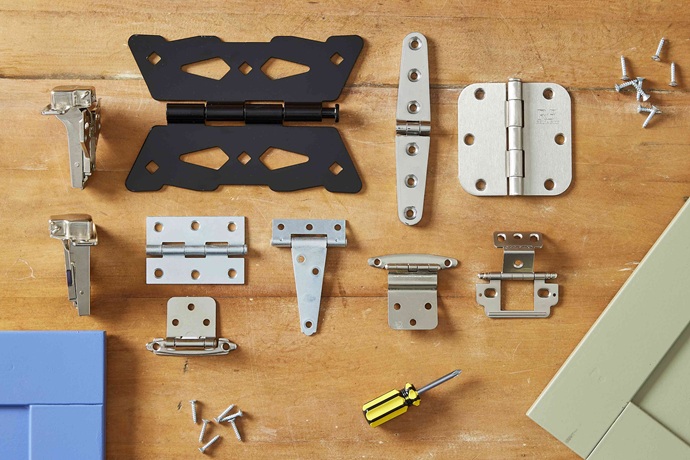If you’ve ever had any precision welding, metal fabrication, or custom die casting done, there’s an excellent possibility that the craftsman who did the work used a die grinder to finish the job. In fact, if you’re a hobbyist who enjoys polishing stones, making jewellery, or even building scale models, there’s a chance that you’ve reached for a grinding tool at some point too.
These powerful, handheld rotary tools may have their origins in the tool and die shops of heavy industry, but that’s not the only place they’re found anymore. From the high torque, air-powered units still used in factory tool rooms, to the high-RPM electric units that homeowners use to engrave their valuables, their ability to remove incremental amounts of stock material when other grinders would be too unwieldy, or hand filing would be too intensive, is unmatched. It’s the rotating burr bits at the business ends of die grinders that give them their bite for cutting, carving, and shaping. Not all burrs are the same though, so it’s important to know which ones are going to give the best value for how they’ll be used, as well as the material they’ll be cutting.
Carbide Bits Rock
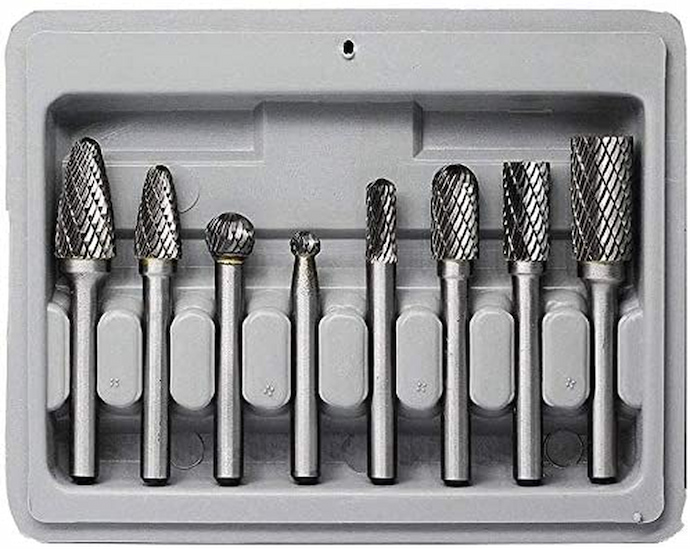
There are a lot of factors that go into burr bit design, but more than anything, the material a burr is made from is going to determine how it can be used. Not all grinding tasks have the same requirements, but the hardness and durability of a carbide burr cutter makes it the best performer among burr bits. This is especially true when they’re compared with ordinary high-speed steel (HSS) burrs, where the carbide advantage is tremendous. With their high tungsten content, carbide core bits are up to 3 times harder than HSS equivalents, giving them the ideal material composition for:
- Cutting through tougher materials for longer durations;
- Operating at higher speeds than conventional rotating burr cutters; and,
- Resistance to fatigue or failure due to higher operating temperatures.
In short, tungsten carbide burrs are perfect for grinding, milling, and polishing practically any material when extended usage on particularly tough stock can be expected. That includes uses with:
- All kinds of industrial metals, such as steel, stainless steel and aluminium;
- All kinds of precious and semi-precious metals, such as silver, gold, and copper;
- All kinds of plastics and polymers;
- All kinds of ceramics and artificial aggregates; and,
- All kinds of natural aggregates and wood.
And just as importantly, you can purchase carbide die grinder bits at prices that are on-par with HSS, and other burr types. With such a broad range of qualities and applications that don’t demand high-tech prices, these are the burr bits you want to have on-hand at all times.
Rotary Bit Types
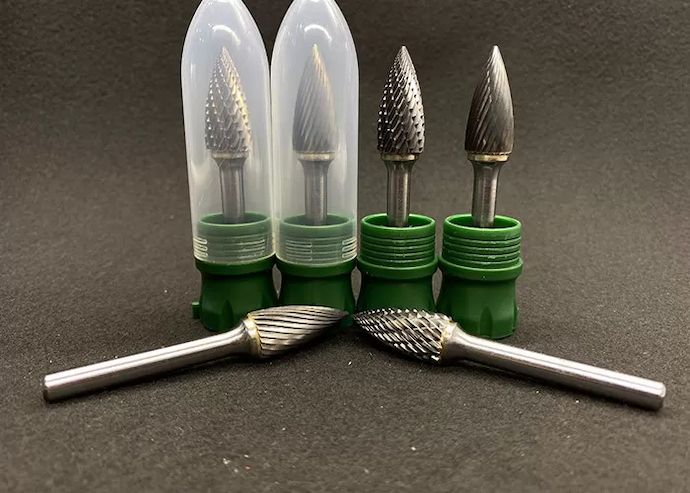
There are 2 rotary burr bit types, single-cut and double-cut. And although they’re both exceptionally good at removing stock material and surface finishing, each type has its own advantages.
Single-Cut
Single-cut burr bits feature a single, right-handed cutting flute that’s ideal for heavy material removal from stainless or hardened steel, as well as cast iron and other ferrous metal stocks. Typically, a single die grinder burr is going to be good for:
- Milling and cutting heavy stock;
- Deburring; and,
- Creating long chips.
Double-Cut
Double-cut burr bits have 2 flutes that spiral in opposite directions and are typically referred to as either diamond, or cross-cut die grinder burrs. This additional flute makes them less aggressive and easier to control than single-cut carbide tool bits. Inherently, it makes them better suited for lighter material removal from either ferrous or non-ferrous metal stocks, along with other soft, or non-metal substrates. They’re optimal burrs for:
- Light milling and deburring;
- Surface cleaning and finishing; and,
- Creating smaller chips.
Burr Shapes
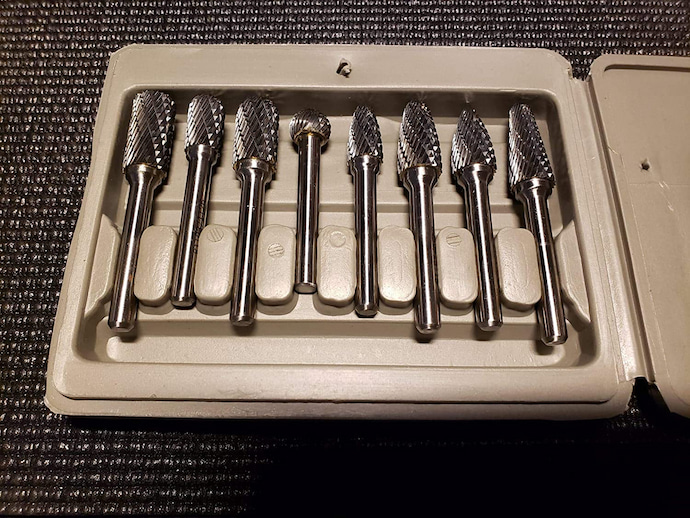
Burr bits come in a large array of shapes. The benefit to there being so many different types of pointed and radiused burr ends is that it allows the maximum profile of a carbide burr tool to get into the tiniest nooks and crannies. Among the more common die grinder bit shapes are:
- Ball burrs. These spherical-shaped burrs are used for creating concave cuts and for hollowing out material.
- Tree-pointed burrs. These distinctively shaped burrs are ideal for acute angled cuts and for rounding off edges.
- Inverted taper burrs. These carbide tool burrs are good for making chamfer and V-cuts.
- Cylinder burrs. These all-purpose burrs are used for everything from making 90° cuts to contour finishing.
- Countersink burrs. These burrs come with 60° and 90° cones, and are used for beveling and counter boring.
You’ll also find carbide burrs for sale with shank diameters ranging from 1.6mm to 16mm. Shank sizes typically depend on the type of work the burr will be doing, but as a general rule, the higher the grinder’s speed, the smaller the diameter of the shank will be.
A pneumatic grinder using a cylinder burr to remove flash from a heavy metal casting may only need to spin at a leisurely 8,000 RPM, while an electric Dremel-type tool using a pointed burr to manually clearance an entire production run of pipe flanges may need spin at an incredible 35,000 RPM. Carbide burrs can do both jobs; and with proper care and maintenance, a set of these hardened die grinder bits can be expected to last a lifetime.
The Final Word
Regardless of the type of grinder that’s used, it’s the choice of burr bits that ultimately make all the difference in the cuts. And using cutters that aren’t up to the job not only drives up the tool breakage rates, but also runs the risk of damaging the stock material. With a tungsten-hardened carbide burr cutter, not only is it possible to eliminate breakage and damage, but it’s also possible to increase the range of jobs and materials that can be worked on. They’re simply the best burr bits available for grinding, and they’re the bits you want to have when it’s time to grind.












